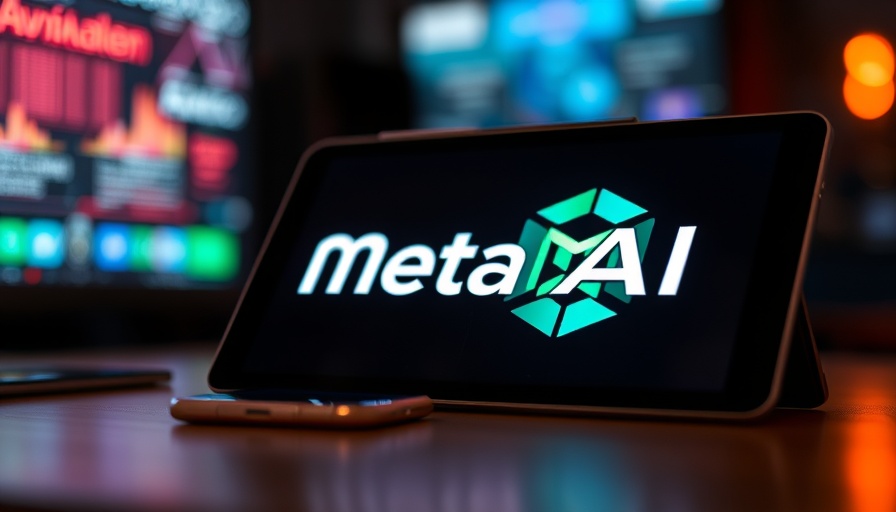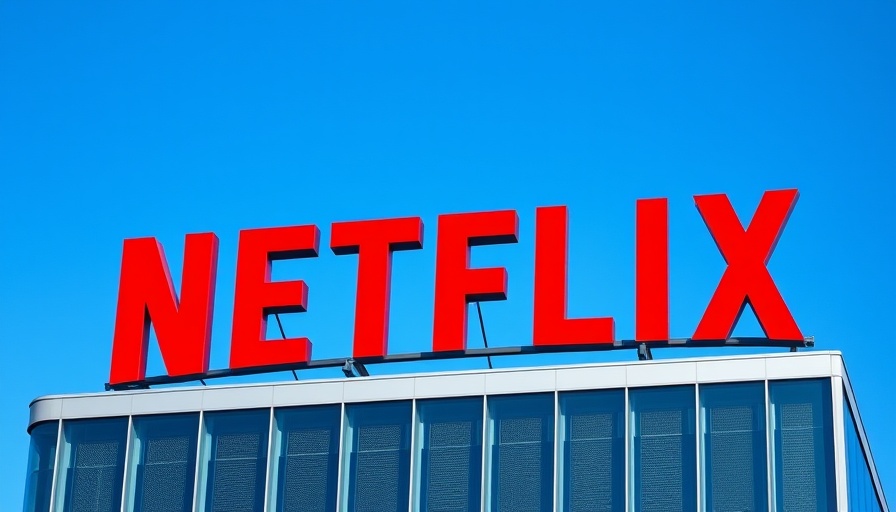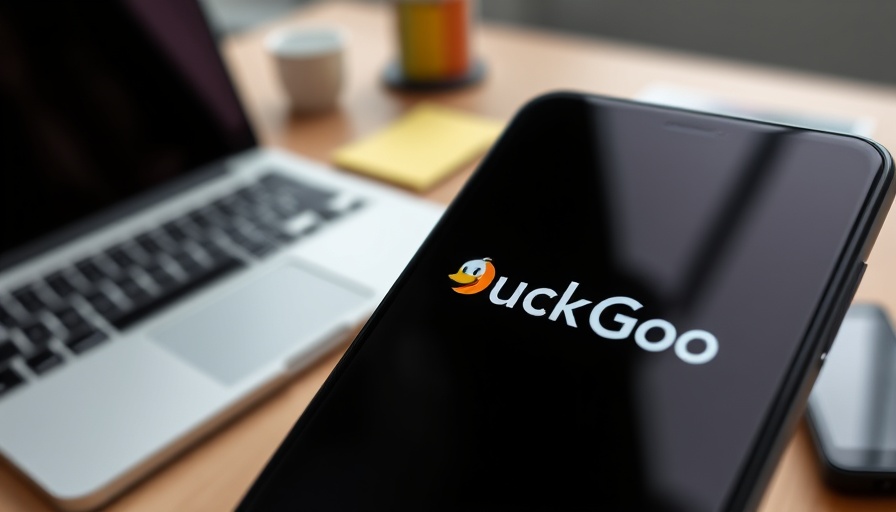
From Pop Stardom to Tech Leadership: The Kesha Journey
Kesha, the pop icon behind hits like "TiK ToK," has made an astonishing leap from the glamorous but troubled world of pop music to the innovative realm of technology. With the launch of her app Smash, she not only embraces her role as a tech startup founder but is also reshaping the way musicians collaborate and create.
Breaking Down Barriers for Emerging Artists
Smash is designed as a platform to connect musicians, allowing them to collaborate without the traditional hurdles that often bog down creativity in the music industry. The app includes a unique built-in contract system that empowers users to set their own terms, whether it's licensing beats for a one-time fee or negotiating ongoing royalties.
This innovation puts musicians in charge, countering the typical narrative where they sign away rights and futures under opaque contracts. Kesha’s brother and co-founder, Lagan Sebert, emphasizes that Smash aims to provide entry into the music world without the burdens of large decisions that could impact their entire careers.
A Personal Fight Inspired by Industry Challenges
Kesha's passion for advocating for artists stems from her own arduous experiences in the music business, particularly her legal battles with producer Dr. Luke. After allegations of abuse, her fight took a toll on her artistry and wellbeing, but it also sparked her resolve to change the landscape for upcoming musicians. Through Smash, she seeks to create a more equitable ecosystem in the music industry.
The Current Landscape of Tech Startups
As Kesha steps into the role of a tech leader, the startup ecosystem is gaining renewed interest. According to recent trends in technology news, there has been a significant rise in artists venturing into tech, utilizing their platforms to solve industry-specific problems. Kesha's bold transition showcases the growing intersection between creative industries and tech innovation, highlighting how leaders from diverse backgrounds can spearhead change.
The Broader Impact of Smash on the Music Industry
By creating Smash, Kesha doesn't just focus on the immediate needs of artists; she also addresses systemic issues within the industry. With the increasing digitization of content and services, artists are demanding tools that give them agency over their careers. Smash stands to potentially disrupt traditional record label models, granting musicians more independence and flexibility.
Future Predictions: The Evolution of Artist Collaboration Apps
Looking ahead, the emergence of apps like Smash could signal a new wave of artist than can opt for collaborative, decentralized approaches to music creation. As technology continues to evolve, the tools available to creators will likely adapt, presenting new opportunities to redefine how collaboration happens in the creative arts.
Furthermore, as technology news continues to report on the rise of apps targeting niche markets, it's clear that artists will increasingly find ways to leverage technology to maintain their artistic integrity while navigating commercial viability.
Diverse Perspectives on Kesha’s Transition
While some may view Kesha's transition as unconventional, it's vital to recognize the growing trend of artists becoming entrepreneurs, leveraging their influence to create innovative solutions. Critics may argue this shift commodifies creativity, yet proponents assert that it empowers artists to take charge of their narratives and financial futures. Kesha’s multifaceted journey serves as a reminder that reinvention is not only possible but can be impactful.
The Human Story Behind the Brand
At her core, Kesha's narrative is one of resilience — a story that resonates with many. Her determination to rise above personal and professional challenges reflects a broader human experience of overcoming adversity. Through Smash, she embodies the spirit of transformation, encouraging other artists to pursue their dreams while staying true to their identities.
As the tech scene welcomes Kesha into its folds, the intersection of music and technology becomes richer and more compelling. Playlists and apps may be developing at a rapid pace, but it's the stories behind these innovations, like Kesha's, that truly captivate audiences.
 Add Row
Add Row  Add
Add 



Write A Comment